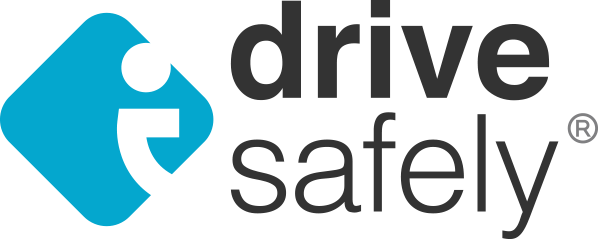Dealing With a Car Accident
Despite our best efforts, car accidents are a reality for most drivers. But as a newly licensed teen driver without much road experience, how can you know what you’re supposed to do if you do end up in an accident? You may have covered proper accident protocol in your drivers ed course, but in case you’ve forgotten a thing or two, here’s a refresher.
First and Foremost: Keep Calm
It’s perfectly understandable that you might feel shaken up after a collision, but it’s important that you keep your cool as best you can. You’re going to need a clear head to move forward with the other steps. Check yourself for injuries and be sure you – and any passengers that might be with you – are okay before going ahead with the process.
Move to the Side of the Road, If Possible
If your accident is minor, or you are able to drive your car to move it out of the middle of the road, you should do so. You and the other driver involved in the collision should pull your vehicles to the side of the road, away from oncoming traffic. If you leave your cars out in the street or in the middle of a busy intersection, you risk involving other people in an accident. If you find that a car is unable to be moved, turn on your hazards and set out warning triangles (if you have them, and if it is safe to do so). The drivers and passengers should stay in their cars with their seat belts fastened until help arrives.
Exchange Information with the Other Driver
When it is safe to exit your vehicle, you and the other driver involved in the collision should exchange pertinent information. Write down the following items for the other driver:
- Your name
- Your address
- Your phone number
- Your insurance company and policy number
- Your drivers license number
- Your license plate number
- The name of the vehicle’s owner (if it’s not you)
Be sure to clarify any questions you may have. For instance, if the name on the insurance policy of the other driver is different from the driver’s name, find out what the relationship is between the two, and write down each person’s name and address.
It’s also smart to take down notes for yourself on the situation. Take down a written description of each car, and note the make, model, year, and color of the other driver’s vehicle. Also write down the location of the accident, and how it was caused.
*NOTE*: It’s imperative that you do not tell the other driver, or the police officer if they are present, that the accident was your fault – even if you believe you are the one who caused it.
Take Pictures and Document the Collision
Take lots of pictures, showing the damage and also the overall context of the situation. If you had witnesses to the accident, get their contact information if possible. It could help your case if the other driver denies your version of the story.
File an Accident Report
Often, law enforcement officials will not respond to car collisions unless there are injuries, but it’s wise to file a state car accident report anyway. A police report can help expedite the claims process.
Decide How to Handle the Damage
If you have a minor enough accident, you and the other driver may choose to handle the damages without bringing your insurance companies into it. There is risk involved when you pick this option, as the other driver may decide the repair costs are too high when they see them. Or, the other driver could change his or her mind and report the accident to their insurance provider anyway, adding false claims to their report.
Generally, the best thing to do is to inform your insurance company of what happened, offering your side of the story. You may even be able to avoid a raise in your insurance premium if the damages paid out by your company are lower than a specified amount.
Accidents can be a major headache, but if you follow the proper protocol, you can avoid unnecessary hassles. The best thing you can do is to drive safely (remember what you learned in drivers ed!) and avoid car accidents altogether.










